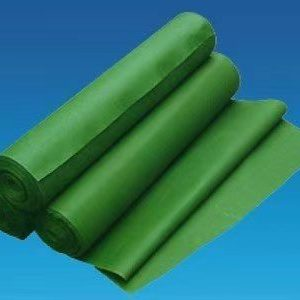Comparison of ASME B16.34 and API 600 Standards for Valve Design
,文章要包含以下内容:1. 介绍ASME B16.34和API 600标准的基本信息;2. 比较两个标准在阀门设计方面的主要区别;3. 讨论选择标准时需要考虑的因素;4. 总结两个标准的适用场景。
html
Comparison of ASME B16.34 and API 600 Standards for Valve Design
Introduction to ASME B16.34 and API 600
The ASME B16.34 and API 600 standards are two widely recognized specifications in the valve manufacturing industry. Both provide guidelines for the design, materials, testing, and inspection of valves, but they cater to different applications and industries.
ASME B16.34 is a standard developed by the American Society of Mechanical Engineers (ASME) that covers pressure-temperature ratings, dimensions, and materials for flanged, threaded, and welded-end valves. It applies to a broad range of industries, including power generation, chemical processing, and oil & gas.
API 600, on the other hand, is a standard published by the American Petroleum Institute (API) specifically for bolted bonnet steel gate valves for petroleum and natural gas industries. It includes additional requirements for fire-safe design, extended body construction, and material toughness.
Key Differences Between ASME B16.34 and API 600
While both standards address valve design, they differ in several critical aspects:
- Scope: ASME B16.34 is a general standard applicable to various valve types, whereas API 600 focuses exclusively on bolted bonnet steel gate valves.
- Material Requirements: API 600 imposes stricter material toughness and testing requirements, particularly for low-temperature applications.
- Fire-Safe Design: API 600 mandates fire-safe testing, while ASME B16.34 does not explicitly require it.
- Pressure-Temperature Ratings: ASME B16.34 provides detailed pressure-temperature ratings for different materials, while API 600 refers to ASME B16.34 but adds supplementary requirements.
- Testing and Inspection: API 600 includes more rigorous testing protocols, such as shell and seat leakage tests, compared to ASME B16.34.
Factors to Consider When Choosing Between ASME B16.34 and API 600
Selecting the appropriate standard depends on several factors:
- Industry Requirements: API 600 is preferred in oil & gas due to its stringent fire-safe and material specifications, while ASME B16.34 is more versatile for general industrial applications.
- Valve Type: If the application involves gate valves, API 600 may be more suitable, whereas ASME B16.34 is better for other valve types like globe or check valves.
- Operating Conditions: For extreme conditions (e.g., high pressure, cryogenic temperatures), API 600’s additional testing and material requirements may be necessary.
- Regulatory Compliance: Some industries or regions may mandate compliance with one standard over the other.
Conclusion: Applicability of ASME B16.34 and API 600
Both ASME B16.34 and API 600 serve essential roles in valve design, but their
Keyword: two commonly asme b16 34 and api 600
You May Also Like

HOW TO IMPROVE PRODUCTION EFFICIENCY OF A LASER PLATE CUTTING MACHINE
November 22, 2024
HOW TO PREVENT MOLD AND MILDEW ON TRUCK TARPAULINS?
November 22, 2024
